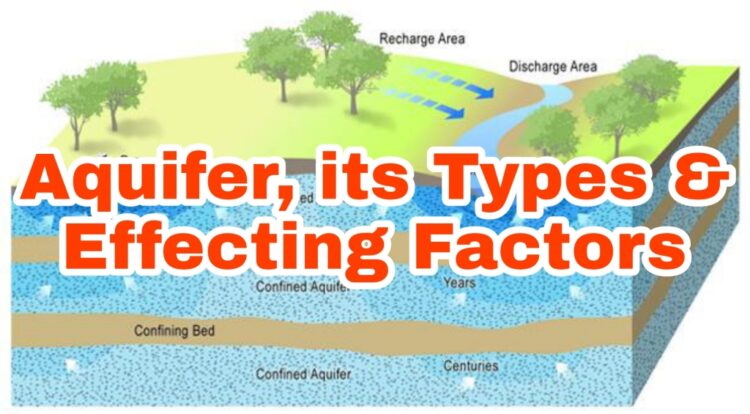An aquifer is an underground layer of water-bearing permeable rock, sediment, or soil. Aquifers can store large amounts of water and are a major source of groundwater for drinking, irrigation, and other uses. Aquifers are recharged by precipitation, surface water, and other sources of water. Groundwater from aquifers is often the only source of water […]
Read More
Seven Ways to Make Groundwater more Visible are given below 1: Demystifying 2: Understanding the complexity 3: Data on Hidden use 4: Unlocking Potential 5: Seeing the impact of climate change 6: Highlighting its role for Biodiversity 7: Joining Hands
Read More
Acute arsenic exposure (i.e. high concentration about 1650ug/l ingested during short period of time) can cause a variety of adverse effects. Acute high dose oral exposure to arsenic typically leads to gastrointestinal irritation accompanied by difficulty in swallowing, thirst, and abnormally low blood pressure. Death may also occur from cardiovascular collapse. Chronic arsenic uptake may […]
Read More
Fluoride contamination in the groundwater has got great attention in last few decades due to their toxicity. Fluoride when ingested in small quantities (<0.5 mg/L) is beneficial in promoting dental health by reducing dental caries, whereas higher concentrations (>1.5 mg/L) may cause fluorosis. It is estimated that about 200 million people, from among 25 nations […]
Read More
Arsenic toxicity is a global health problem affecting many millions of people. Contamination is caused by arsenic from natural geological sources leaching into aquifers, contaminating drinking water and may also occur from mining and other industrial processes. Arsenic is present as a contaminant in many traditional remedies. Arsenic exerts its toxicity by inactivating up to […]
Read More
Every year, 22 April is observed as Earth Day across the globe and people and major stakeholders take part in civic activities and work towards raising awareness about critical issues that the Earth is facing. Global warming, pollution and deforestation are some of the problems routinely discussed since they pose a major threat to nature. […]
Read More
Humans are usually exposed to arsenic compounds primarily through contaminated air, food, and water sources. The consumption of contaminated water for drinking is also an important source of arsenic exposure. Generally concentration of arsenic is usually higher in ground water than in surface water, especially when and where specific geochemical conditions favor dissolution of arsenic […]
Read More






